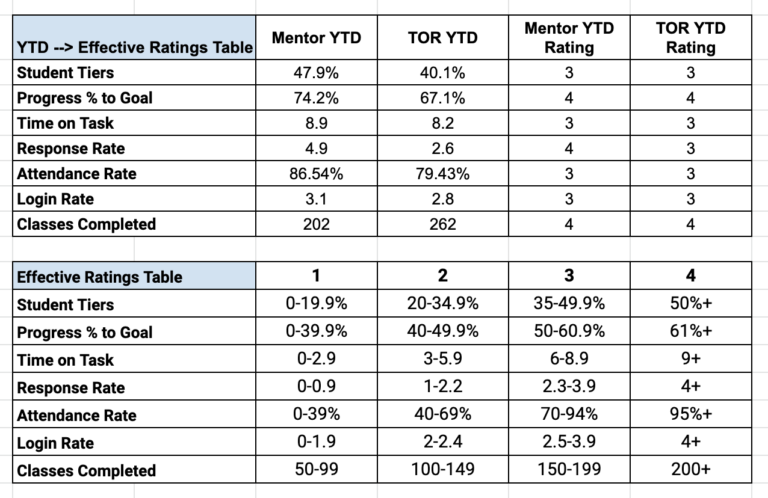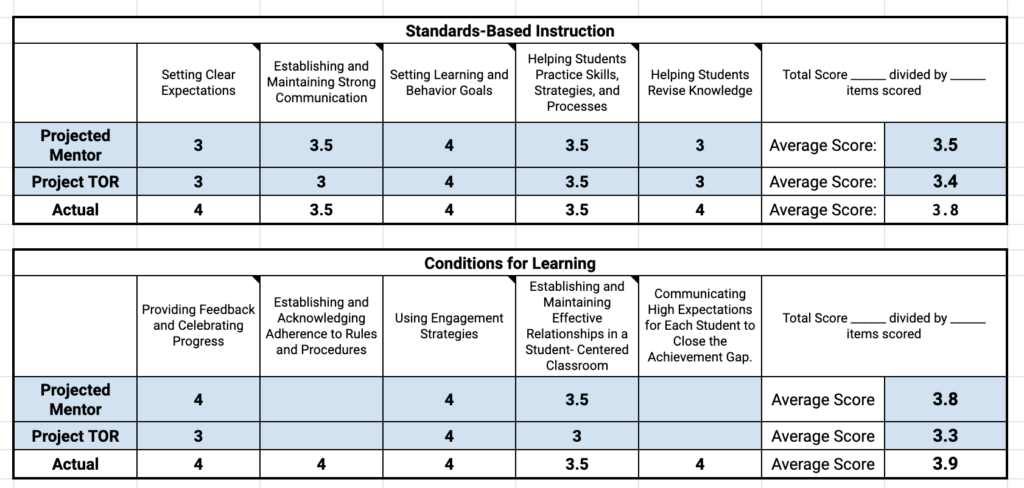Blog Series: Data is Your Friend!
Part 4: Incorporating Benchmarks and Staff Outcomes to Incentive Programs and Staff Evaluations

One of the most important pieces of the project was creating incentive for staff to work to improve performance. This school developed a two phased approach. The first phase was creating an incentive plan.
Staff members from parapros all the way to building leaders would be able to participate in the plan. The goal of this approach was to pull everyone together to support one another to reach the goals for the district. Building teams had an opportunity to earn merit pay if they reached the established group goal. Those goals were aligned with the benchmarks discussed in the previous blog. Here’s an example of the plan.

School teams were grouped together and could earn the bonus only if their team met the bonus levels together. Attendance, Student Response Rates, and Time on Task were the categories to meet.
The next phase was integrating individual performance benchmarks into the staff evaluations.
Teacher evaluations are based on the Marazano model. The data from the staff member dashboard was used to populate the staff member’s evaluation here:

The results from the dashboards along with artifacts and communication logs from the teacher’s work were used to inform the following sections of the review:

This process helped to ensure that each individual was vested in the tracking and improvement of the metrics used to ultimately drive improvements in graduation rates.
This two-pronged approach; team based merit incentives, combined with individualized performance evaluations, helped to tie all staff together to maximize chances for success, while emphasizing the importance of individual performance and accountability as well.

Since 2011 Chris Loiselle has worked as building administrator, CFO, and Chief Strategic Officer for Success Virtual Learning Centers and Berrien Springs Public Schools, where he is currently filling the Director of Quality Assurance role. While working at Success, Chris was instrumental in the development of the Pulse student support software. His passion is working in K-12 managing e-learning centers and building software to help improve virtual learning outcomes.
Chris has presented on this student data topic at the 2022 Digital Learning Annual Conference and will also be presenting at Quality Matters’ 2022 QM Connect conference November 6-9 in Tuscon, AZ.
His goal is to be able to help people prosper and succeed in today’s challenging educational environment.
